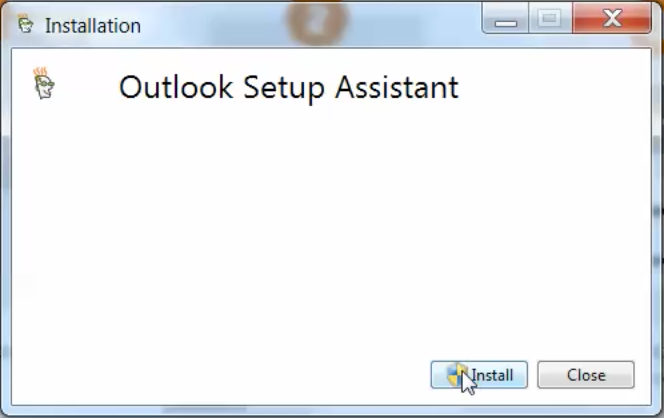Please Install Adobe Using Setup Exe
When you purchase a volume license for Adobe Creative Suite 4, Adobe provides an option that allows you to run a silent installation with preselected options and no interface on Windows or Mac OS X. In a silent installation, a custom installer runs each product in the suite by using command-line installation tools. Silent installations are also used as basis for enterprise deployment of Creative Suite 4 products. This document will cover the process and files necessary to run the Adobe Creative Suite 4 product silently. For additional information on this process please refer to the Adobe Creative Suite 4 Enterprise Manual Deployment Guide.

I attempting to build a silent install for Adobe Acrobat. Slient install Adobe Acrobat DC with Office. '%SCRIPTDIR% BUILD Setup.exe' -mode=silent -action=install. You see the error message, 'Please install Adobe Setup using Setup.exe', in English when you install non-English versions of Adobe Creative Suite 3. Solution 1: Start.
By default, installation installs all components of Creative Suite 4 product in the default location. The interface settings will be the defaults. So, when the first Creative Suite application is launched, the user will be prompted to supply a serial number, accept the End-User License Agreement (EULA) and enter registration information. Also, the Adobe Update Manager will automatically check for available updates. Performing a silent installation starts with configuring the appropriate XML files. During the configuration process you will create 3 XML files: • install.xml • uninstall.xml • application.xml.override We have developed a tool to simplify the process of creating the files necessary to silently install the Adobe Creative Suite 4 products.
Microsoft Office 2010 Activator Wayne more. The Creative Suite Deployment Tool (CSDT) will create a custom package that will reduce the steps necessary to create a package. You can download it here: • • You must have a single source of the Adobe Creative Suite 4 product installer. If you received the product on multiple DVDs or files you must create an installation point. For additional information on creating a installation point please follow,. You can store the installation source locally on the machine or in a shared network location.
Creative Suite 4 uses XML files to configure behavior. How Great Is Our God Lyrics here. • application.xml.override This file configures the interface elements that appear during the first launch of a Creative Suite 4 application. You will need to create this file and place it in the main 'driver' payload folder. • install.xml and uninstall.xml These files control which components of Creative Suite are installed and uninstalled, respectively.
You can modify these files to remove individual component 'payloads'. The same modifications need to be made to both files. These XML files do not require a specific name to be used during deployment. Launching the Adobe Creative Suite 4 product with the option --record=1 will assist you in creating the install and uninstall XML files. The application.xml.override file must be created manually unless CSDT is used to create your package. For complete details on how to configure these files, see the Enterprise Deployment Manual provided above. A silent installation on Windows is started by running setup.exe through a command line.
Open the command prompt as an administrator and enter the following command from the Adobe Creative Suite 4 product setup.exe directory. Setup.exe --mode=silent --deploymentFile=' install.xml' Replace with the full path to the custom install.xml you created, including quotes. CSDT will create an installer for initiating the Adobe Creative Suite 4 product installation. Run the executable file on the command line to perform the installation. A silent installation on Macintosh started by running the setup executable as super user through a command line. Use the following command line from the directory where setup is. Sudo Setup.app/Contents/MacOS/Setup --mode=silent --deploymentFile='/install.xml' Replace with the full path to the custom install.xml file you created, including quotes.